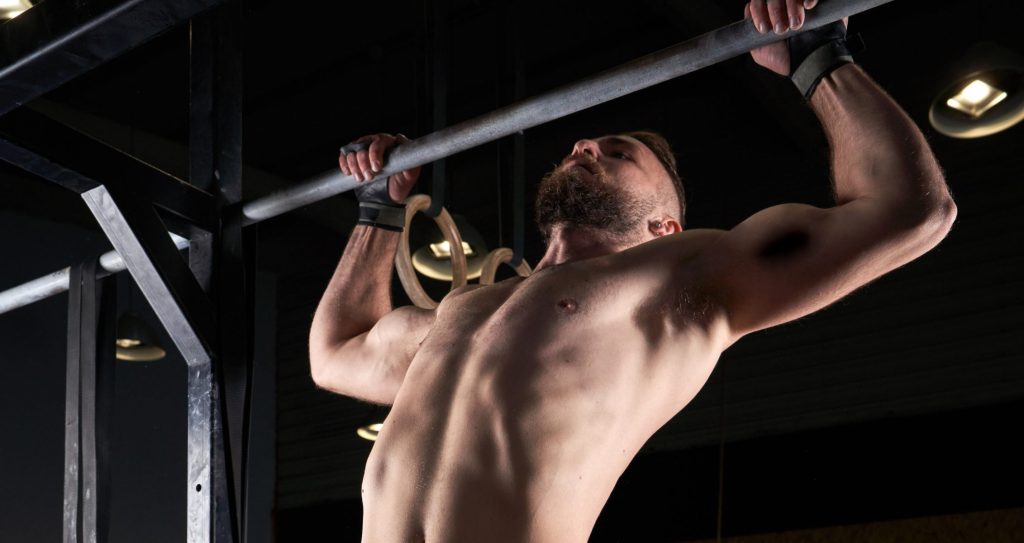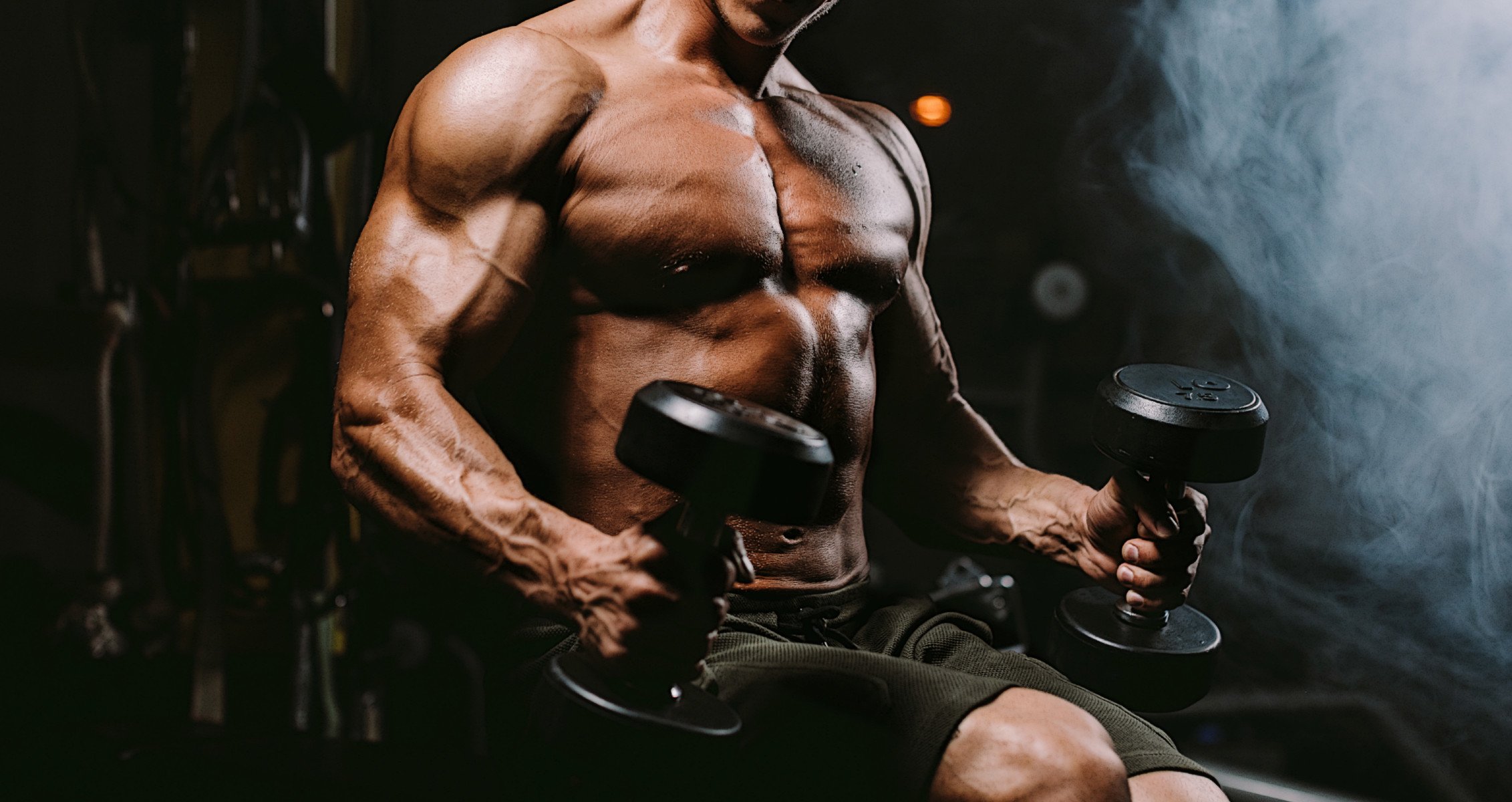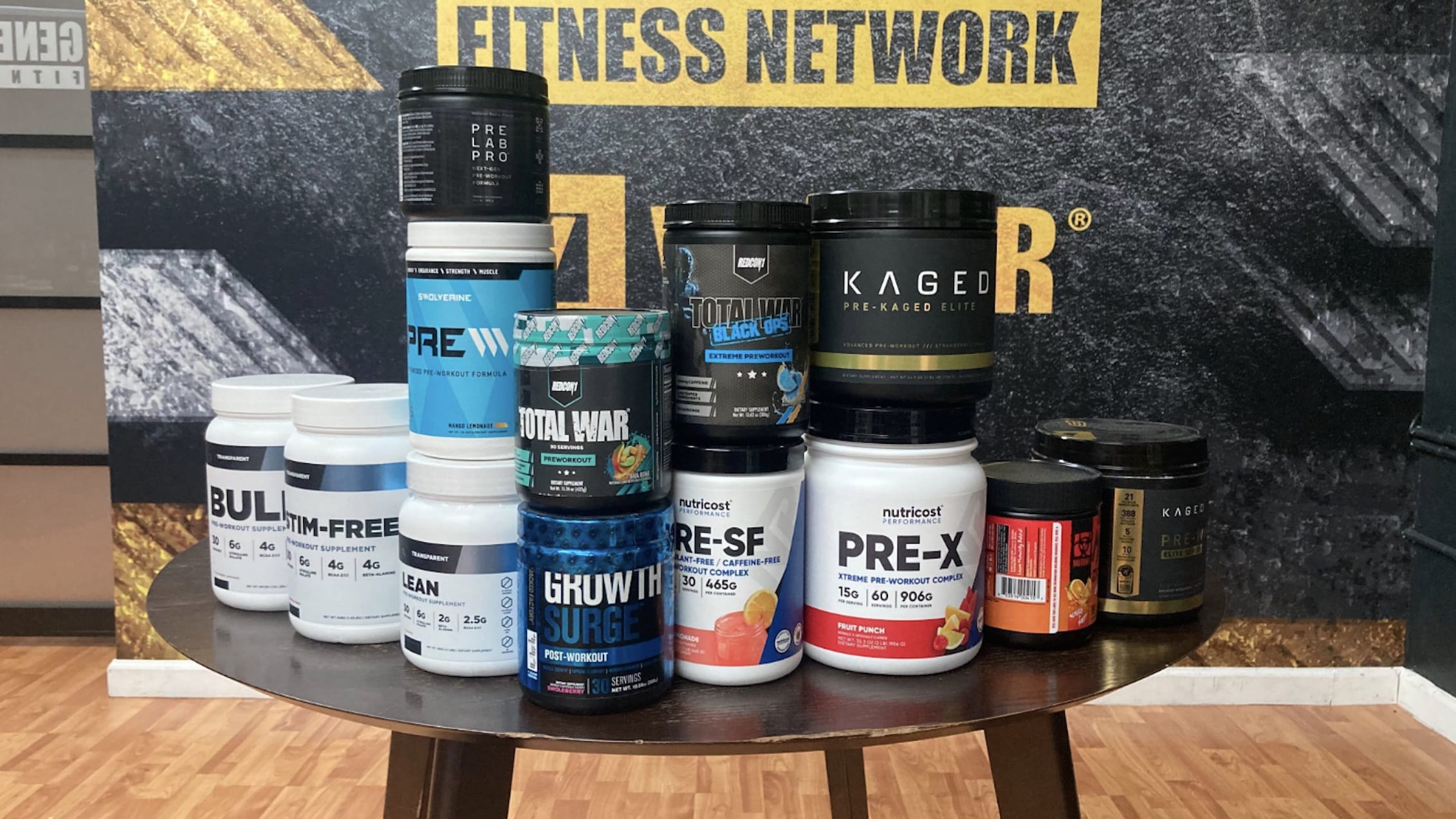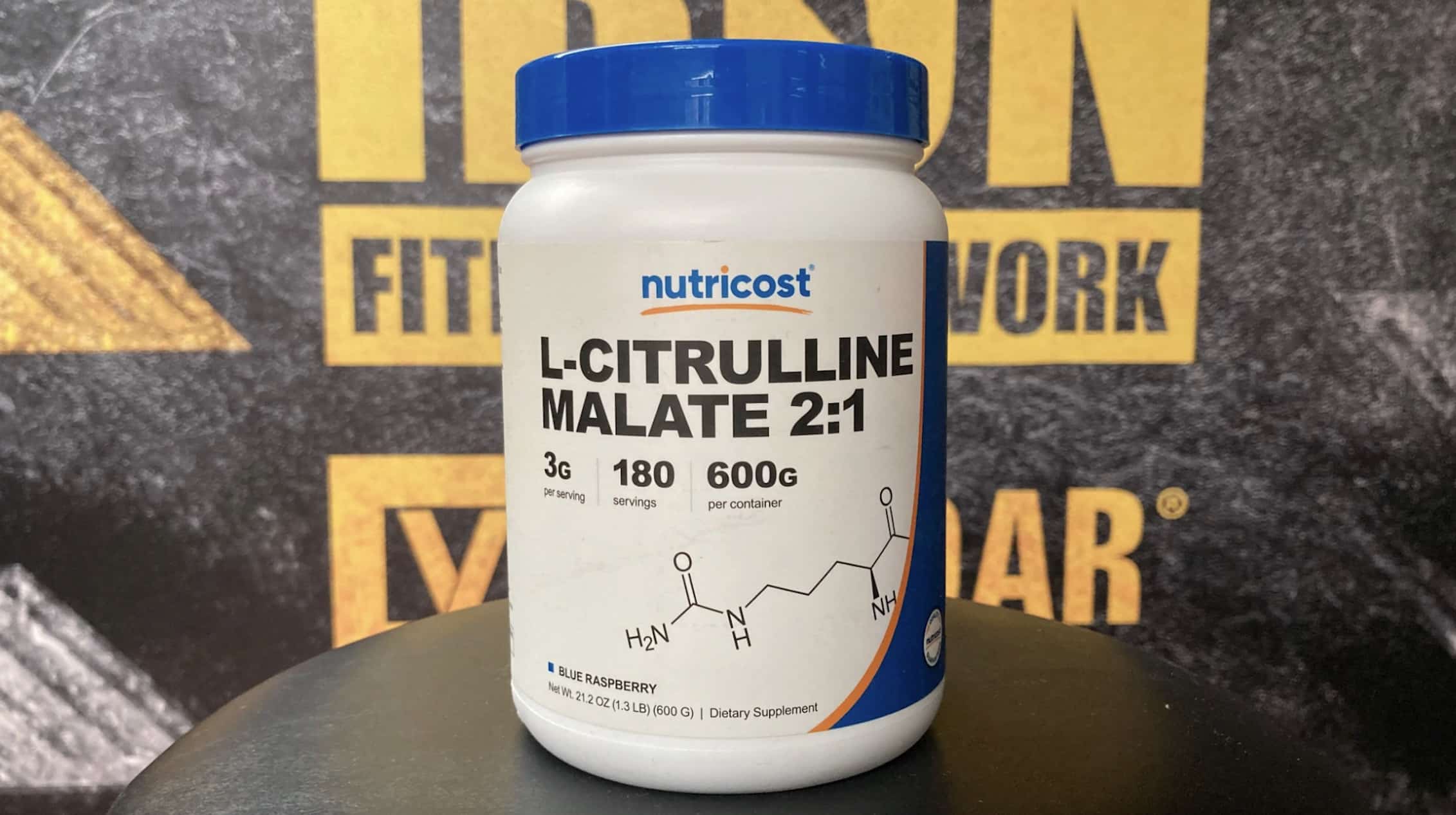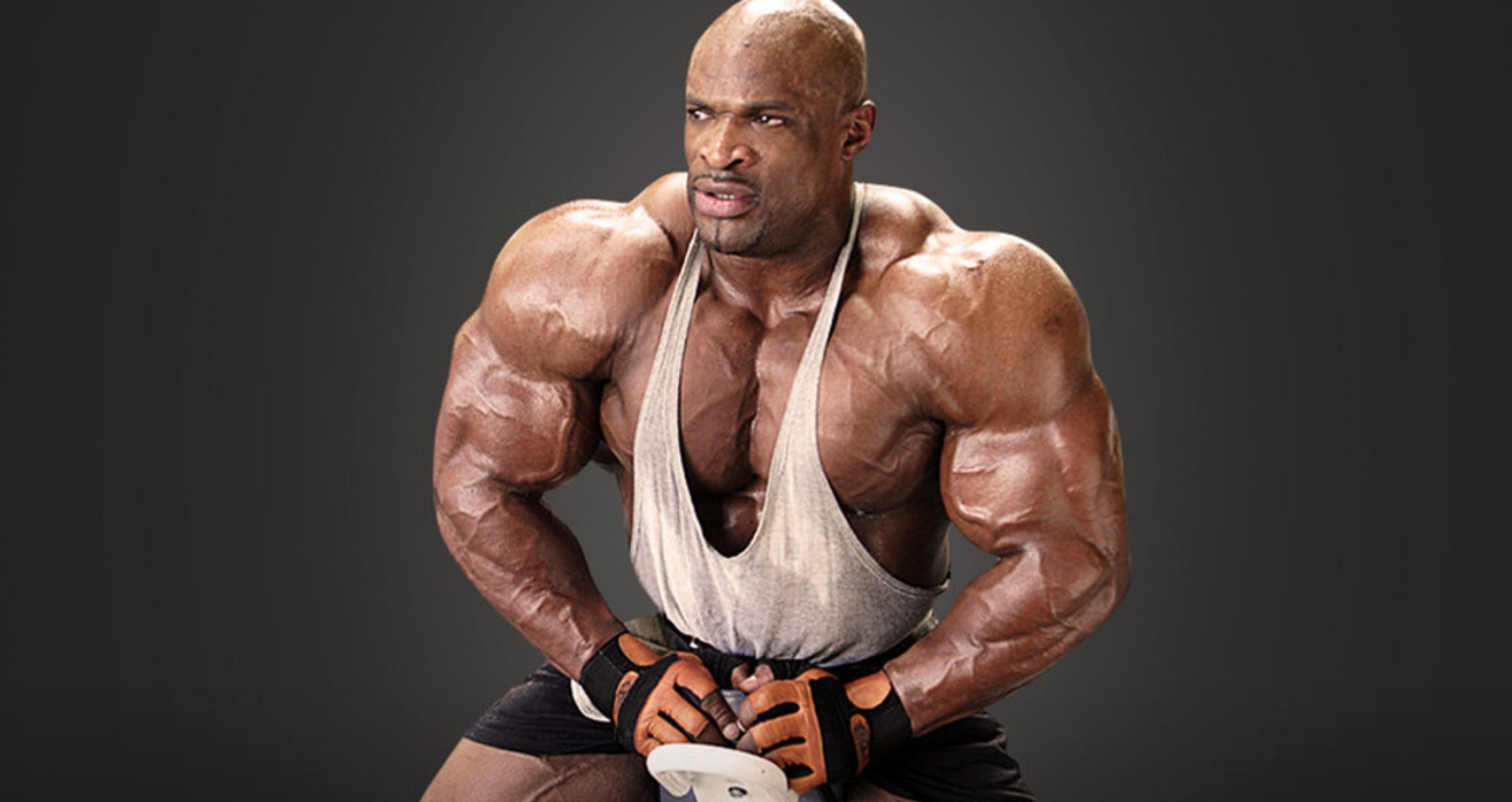Benefits and more associated with weighted pul-ups
When it comes to building up a complete physique, you need the back muscles to be developed, and you cannot go wrong with pull-ups. However after a while they become too light, you need more resistance, which is where weighted pull-ups come into play. Weighted pull-ups target multiple muscles in the back, shoulders, and arms, making them a comprehensive exercise for upper body strength and hypertrophy.
Understanding the anatomy of the back and surrounding muscles can help you focus on engaging each muscle correctly, leading to better performance and reduced risk of injury. Our team at Generation Iron is going through a breakdown of the primary back muscles activated during weighted pull-ups and how they contribute to the movement.
Key Muscles Worked During Weighted Pull-Ups
Let’s take a look at exactly what muscles the weighted pull-ups target.
- Latissimus Dorsi (Lats)
- Location: The lats are the large, wing-shaped muscles that span from the lower back up to the humerus (upper arm bone).
- Function: They play the main role in shoulder adduction and extension, which are critical for pulling movements. The lats are heavily activated as you pull yourself up, helping to draw your upper arms down and inward toward your body. Developing strong lats gives the back its wide, V-shaped appearance.
- Trapezius (Traps)
- Location: This broad, diamond-shaped muscle runs from the base of the skull down to the mid-back and extends out toward the shoulders.
- Function: The traps stabilize the shoulder blades and assist with scapular retraction (pulling the shoulder blades together) and upward rotation. During pull-ups, the traps help keep the shoulder girdle stable, especially during the descent.
- Rhomboids
- Location: The rhomboids are located between the spine and shoulder blades, deep beneath the trapezius.
- Function: These muscles assist with scapular retraction and rotation, helping to keep the shoulder blades together and stable. In pull-ups, the rhomboids activate to bring the shoulder blades toward the spine, supporting a strong and controlled movement.
- Teres Major
- Location: Situated just above the lats, the teres major is a small, cylindrical muscle that connects the scapula to the humerus.
- Function: Known as the “little helper” of the lats, the teres major aids in shoulder adduction and extension. It’s essential for assisting in pulling motions and helps round out back thickness when combined with lat development.
- Infraspinatus
- Location: Part of the rotator cuff, the infraspinatus lies across the back of the scapula.
- Function: Primarily responsible for external rotation of the shoulder joint, it also helps stabilize the shoulder during pull-ups. The infraspinatus works in harmony with other rotator cuff muscles to protect and support the shoulder, especially under the added load of weighted pull-ups.
- Posterior Deltoids
- Location: The rear portion of the shoulder muscle, located on the back side of the deltoid muscle.
- Function: The posterior deltoid assists in shoulder extension and helps stabilize the shoulder joint during pulling movements. Strong posterior deltoids contribute to upper-back thickness and overall shoulder stability.
Supporting Muscles and Synergists
- Biceps Brachii
- Location: Located at the front of the upper arm.
- Function: Though primarily an elbow flexor, the biceps play a supporting role in pull-ups by helping to flex the arm during the pull. They work in tandem with the back muscles to bring you up toward the bar.
- Brachialis
- Location: A muscle underneath the biceps.
- Function: The brachialis assists with elbow flexion and adds pulling power during pull-ups, especially as you bring your arms toward your chest.
- Brachioradialis
- Location: A prominent forearm muscle that runs along the thumb side of the arm.
- Function: The brachioradialis aids in elbow flexion and enhances grip strength, which is essential in maintaining a firm hold on the bar.
- Core Muscles (Rectus Abdominis, Obliques, and Erector Spinae)
- Location: The rectus abdominis and obliques are in the front and sides of the torso, while the erector spinae is a group of muscles running along the spine.
- Function: Core muscles stabilize the body and prevent excess swinging, ensuring a smooth, controlled pull-up. Engaging your core also helps protect the lower back, especially under the extra load of weighted pull-ups.
How to Engage Each Muscle Effectively in Weighted Pull-Ups
- Start with Scapular Retraction: Begin each pull-up by retracting your shoulder blades, which activates the traps, rhomboids, and lats. This will provide a stable base and make the movement more effective.
- Drive with the Elbows: Instead of just pulling with your arms, think about driving your elbows down toward your hips. This cue helps shift the workload onto the lats, teres major, and other back muscles.
- Engage the Core: Keep your abs and glutes tight throughout the movement. Engaging these muscles prevents your lower body from swaying and helps maintain a smooth, controlled pull-up.
Benefits of Strengthening These Muscles Through Weighted Pull-Ups
- Improved Posture: Strong back muscles support the spine and help maintain proper posture.
- Enhanced Pulling Power: Building strength in these muscles translates to improved performance in exercises like deadlifts, rows, and other pull-based movements.
- Balanced Shoulder Development: Engaging the traps, rhomboids, and posterior deltoids helps counterbalance chest and shoulder muscles, reducing the risk of injuries from muscle imbalances.
- Increased Grip Strength: Weighted pull-ups enhance grip strength, a crucial factor for other lifts and sports performance.
Wrap Up
Weighted pull-ups are among the best exercises for developing a strong, muscular back because they activate such a wide range of muscles. With a solid understanding of how each muscle contributes, you can maximize your back development while minimizing injury risk. Adding these tips and cues to your training will ensure each weighted pull-up is effective, leading to better strength gains and muscle growth.
Let us know what you think in the comments below. Also, be sure to follow Generation Iron on Facebook, Twitter, and Instagram.
